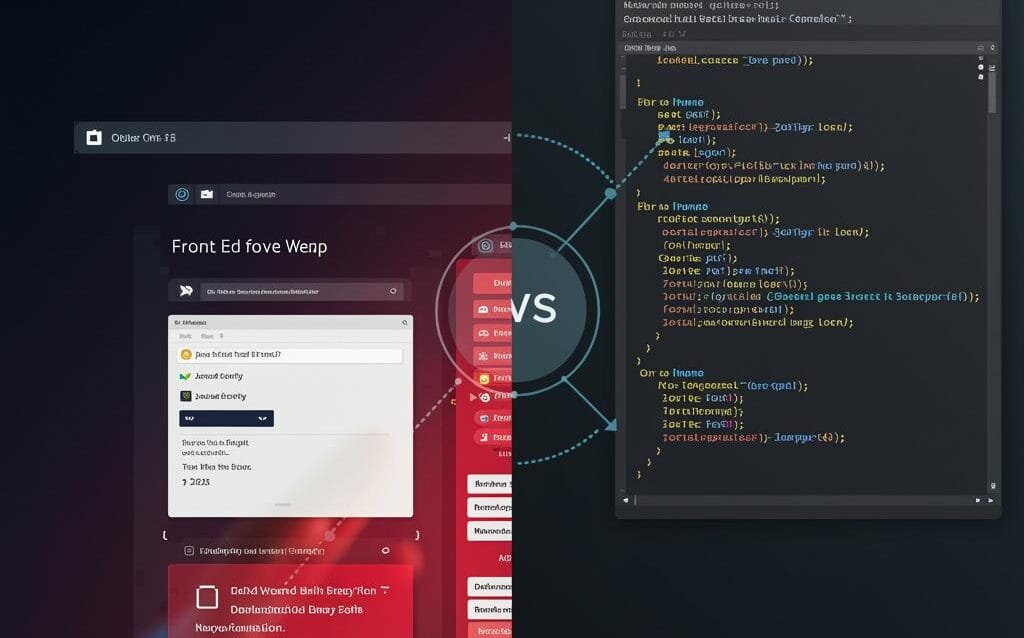Front-End vs. Back-End Development: Key Differences Explained
The Difference Between Front-End and Back-End Development Explained
In the ever-evolving world of web development, understanding the distinction between front-end and back-end is crucial. This post will delve into the specifics of each, highlighting their unique roles, required skillsets, and how they collaborate to create the seamless online experiences we enjoy daily.
What is Front-End Development?
Front-end development is the practice of building the user interface (UI) and user experience (UX) of a website. It’s everything you see and interact with directly in your browser. Front-end developers are responsible for translating designs and wireframes into functional and aesthetically pleasing web pages.
Key Responsibilities of a Front-End Developer:
- Developing and maintaining the user interface.
- Ensuring cross-browser compatibility and responsiveness.
- Implementing designs and following style guides.
- Optimizing website performance for speed and accessibility.
- Working with back-end developers to integrate APIs and data.
Essential Front-End Technologies:
- HTML: The structural foundation of web pages.
- CSS: Styling and layout of web elements.
- JavaScript: Adding interactivity and dynamic behavior.
- Popular JavaScript Frameworks: React, Angular, Vue.js
What is Back-End Development?
Back-end development focuses on the server-side logic and infrastructure that powers a website. It’s the behind-the-scenes machinery that handles data storage, retrieval, and processing. Back-end developers build and maintain the systems that make a website functional and efficient.
Key Responsibilities of a Back-End Developer:
- Building and managing databases.
- Developing server-side logic and APIs.
- Ensuring data security and integrity.
- Optimizing server performance and scalability.
- Integrating third-party services.
Essential Back-End Technologies:
- Server-Side Languages: Python, Java, PHP, Ruby, Node.js
- Databases: MySQL, PostgreSQL, MongoDB
- Server Environments: Apache, Nginx
The Interplay Between Front-End and Back-End
Front-end and back-end development are distinct yet interconnected disciplines. They work together to create a complete and functional web application. The front-end communicates with the back-end through APIs (Application Programming Interfaces) to request and display data. This interaction allows users to interact with the website and access dynamic content.
Full-Stack Development: Bridging the Gap
Full-stack developers possess expertise in both front-end and back-end technologies. They have a comprehensive understanding of the entire web development process and can work on all aspects of a project. While specializing in one area is common, having full-stack knowledge is increasingly valuable in today’s development landscape.
Choosing Your Path: Front-End vs. Back-End
Deciding which path to pursue depends on your interests and skills. If you enjoy visual design, user interaction, and working with client-side technologies, front-end development might be a good fit. If you prefer working with data, logic, and server-side systems, back-end development could be more appealing. Exploring both areas can help you discover your passion and make an informed decision.
Conclusion
Understanding the difference between front-end and back-end development is fundamental for anyone involved in the world of web development. Each area plays a critical role in creating the dynamic and interactive websites we use every day. Whether you choose to specialize in one area or become a full-stack developer, the opportunities in this field are vast and constantly evolving.

